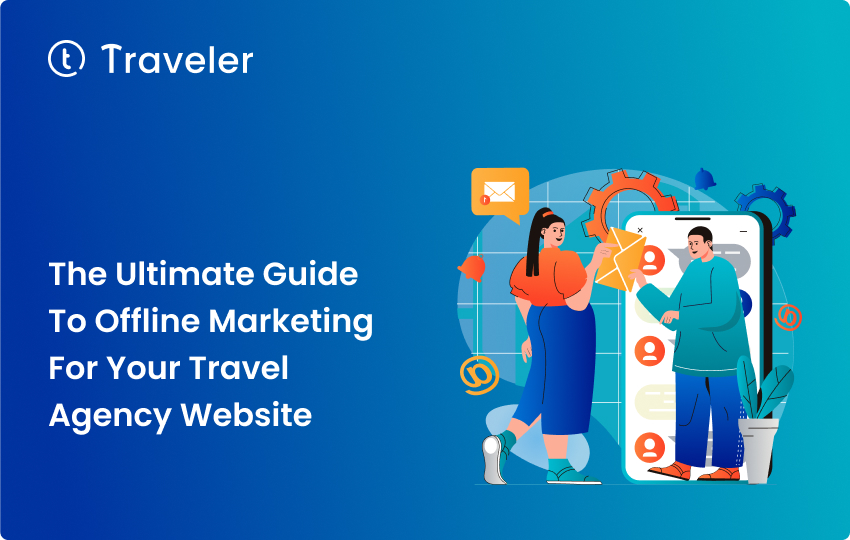
Offline marketing is when a business tries to get customers in ways other than the internet. Offline marketing for a travel agency website can include flyers, brochures, billboards, and more. With these strategies, businesses have another way to get in touch with their customers. For instance, they can meet with customers in person or send them direct mail campaigns.
Traditional methods like postcards, door hangers, and radio ads help travel agencies spread their message in a way that digital channels can’t match.
Offline marketing helps spread the word about a brand and bring in new customers. It also gives customers a chance to give feedback. Any business that wants to improve its services needs to hear what customers think.
Travel agencies can quickly become well-known in their area if they market offline in a smart way to the right people. This will lead to more reservations, which will bring the business more money.
Types of offline marketing for travel agencies
Offline marketing is a great way for travel agencies to reach new customers and build a name for their brand. Offline ways to promote a travel agency include print advertising, direct mail, public relations, event sponsorship, promotional products, and partnerships with local businesses:
Print advertising (newspaper, magazine, brochure)
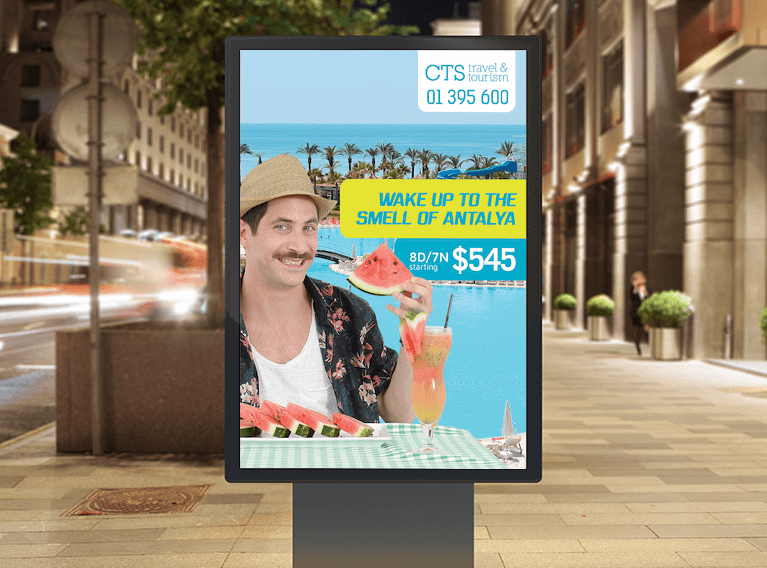
Print advertising includes newspapers and magazines. Creating an advertisement in one of these publications can help to spread the word about a travel agency’s services.
Direct mail
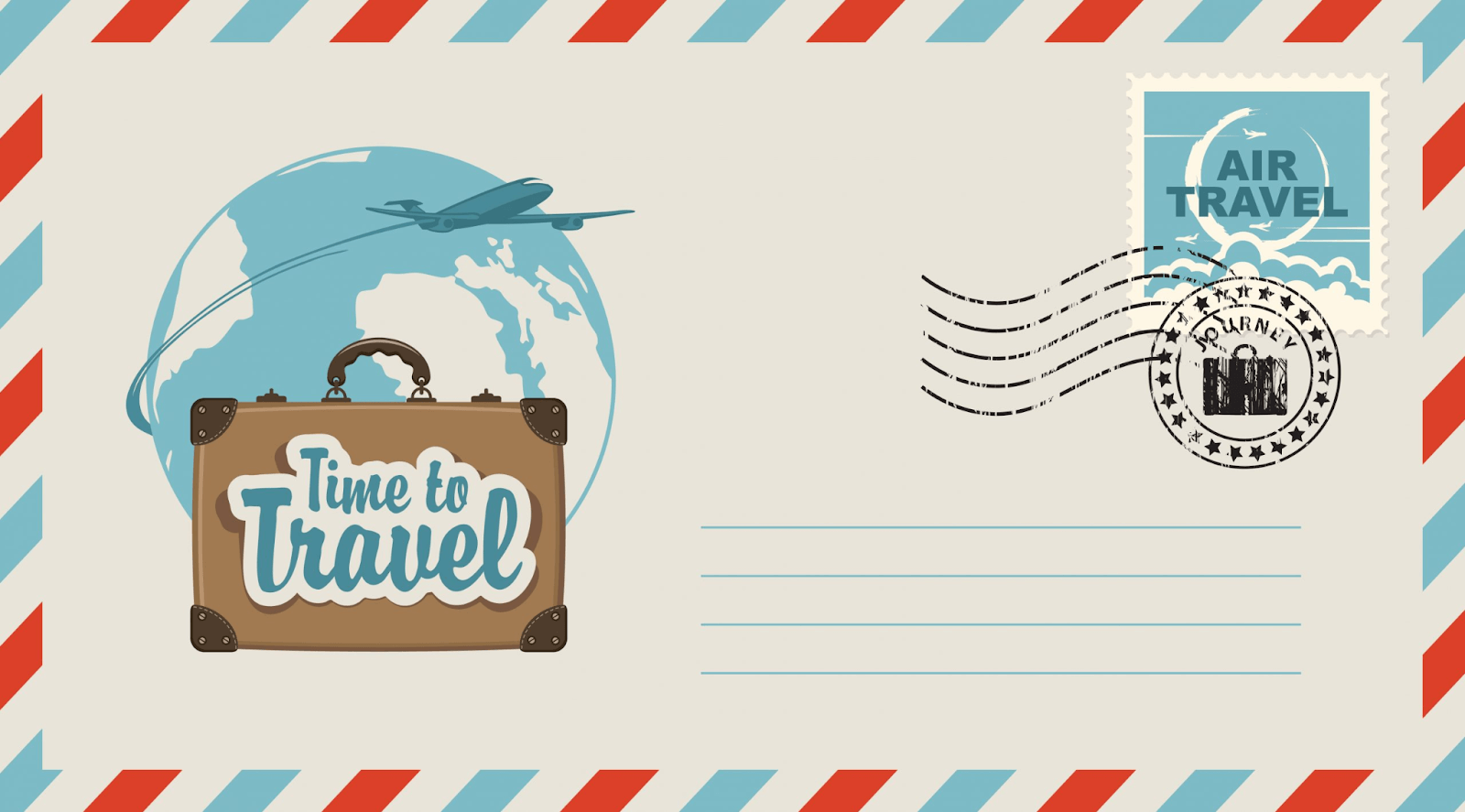
Direct mail campaigns involve sending out postcards or flyers that advertise the business.
Public relations (press releases, media appearances)
Public relations involves getting press coverage through interviews or articles in local publications or radio spots on popular stations.
Event sponsorship
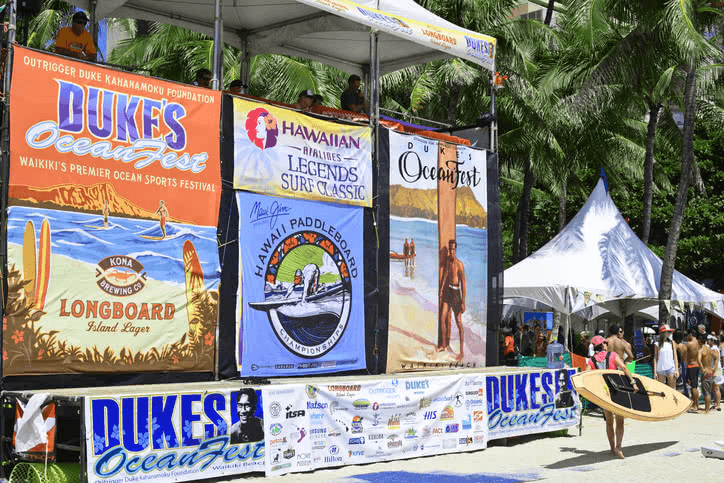
Event sponsorship is another way to get people interested in the company by sponsoring events like festivals or marathons and using those opportunities as marketing platforms for the business.
Promotional products (travel-themed items with agency branding)
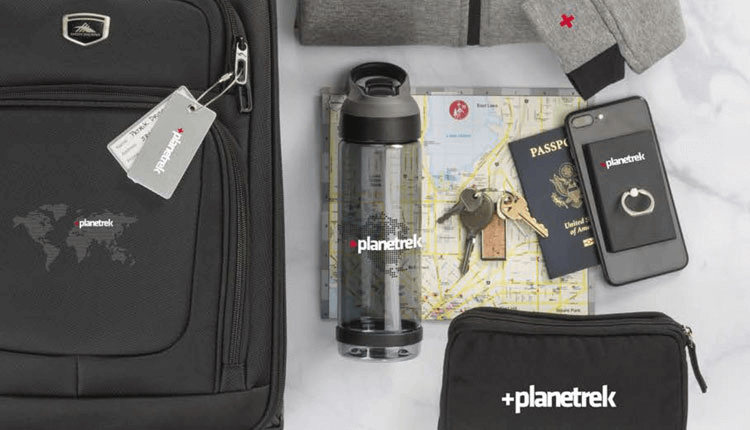
Travel agencies can add their logo, website URL, or other contact information to items like mugs, T-shirts, umbrellas, and bags. So, it’s easy for customers to get what they need when they need it. These freebies are also easy to remember and often very useful, which makes it more likely that people will remember them.
Partnering with local businesses

Partnering with local businesses can provide a great opportunity for travel agencies to engage in cost-effective marketing. When an agency connects with and works with other businesses, it can reach more people than if it just promoted itself on its own.
By working with other local businesses, the agency can build relationships in the community and become more known to people who might want to buy from them.
Planning and executing an offline marketing campaign

Now that you know what the different types of offline marketing are, let’s talk about how to plan and carry out a successful offline marketing campaign for your travel agency’s website. We will talk about the five most important things you need to know to plan and carry out a successful offline marketing campaign.
By using these tips, you can make sure that your next offline marketing campaign brings in more visitors and customers than ever.
Setting campaign goals and objectives
To make a successful offline marketing campaign, you need to plan and carry it out carefully. To help the website for a travel agency get the results it wants, it is important to set clear goals and objectives. When starting an offline marketing campaign, the first step is to figure out what the goals and objectives are.
Identifying target audience
Once you know the overall goal, it’s time to figure out who you want to reach. Doing research on your target market can help you come up with better ways to get your message to them.
Knowing who your customers are, where they live, their interests, and how they prefer to be communicated with can provide valuable insights into how best to reach them through offline methods such as print materials, radio ads, or even events sponsored by the travel agency website.
Also, focusing on specific customer groups can cut marketing costs by a lot while getting potential customers more interested.
Developing a budget and timeline
When planning an offline marketing campaign for your travel agency’s website, it is important to set aside enough money to cover the costs. Using market research to make a realistic budget can help you figure out how much you should spend on things like print ads or radio spots.
It’s also important to make a schedule that can be followed. This will make sure that tasks are done on time and that campaigns start when they’re supposed to.
Creating a marketing plan
The next step is to come up with a plan for marketing. When making plans, think about who you want to reach and what you want to say. Think about how many resources you have, like money and people, and decide which channels will work best with the resources you have.
Implementing and measuring the campaign
Lastly, a complete offline campaign needs to pay attention to the details. Start by making flyers or coupon cards to get the attention of possible customers. Make sure to give them out in places with a lot of foot traffic or by direct mail, depending on who you want to reach.
Then, you should keep track of how well each strategy works so you can make changes when you need to. If one channel isn’t working as planned, try something else until you get the results you want.
Case studies of successful offline marketing campaigns for travel agencies
Now, let’s look at three examples of how travel agencies have used offline marketing to their advantage. By looking at how these companies do business, we hope to give you some great tips and tricks that you can use to help your own business grow.
We will look at examples from different types of campaigns, such as direct mail, event sponsorship, and promotional products. All of these have worked well for the companies that used them. We hope that they will help you come up with good ideas for an offline marketing campaign.
So, keep reading if you want to know what other businesses are doing to get ahead.
Example 1: A travel agency that increased bookings through targeted direct mail campaigns
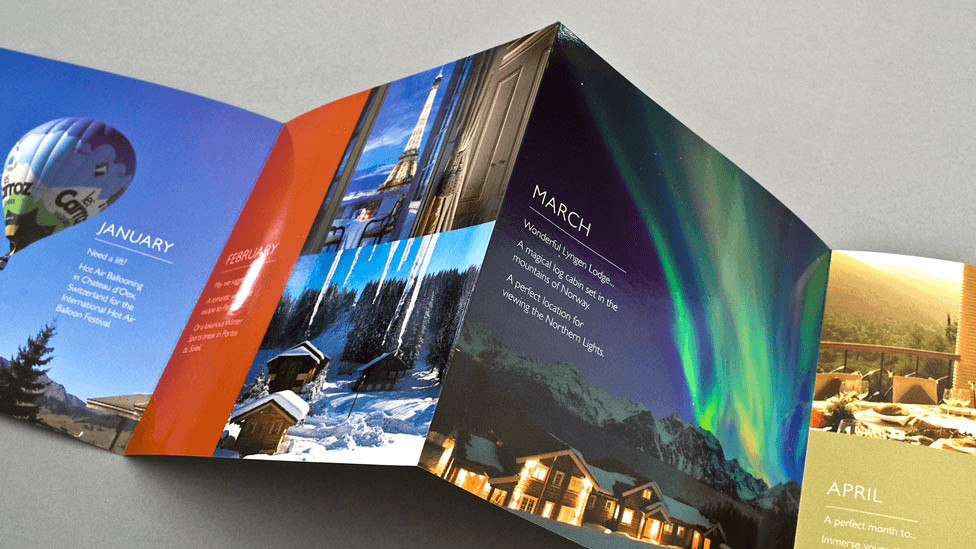
Winkworth Estate and Letting Agents is a great example of how offline marketing can help a travel agency raise brand awareness, get more inquiries, and book more trips. By putting out leaflets, they were able to get people interested in their services and bring in more customers.
The company put out flyers in places with high footfall, like train stations and shopping malls. They used creative images and catchy writing to show off the benefits of their services and make sure that potential customers knew what they had to offer. Also, the leaflets made it easy for people to get in touch with them or go to their website to find out more.
By spending money on leaflet distribution campaigns, Winkworth Estate and Letting Agents made a big difference in how many people knew about their brand and how many people wanted to learn more or make an appointment.
Example 2: A travel agency that boosted brand awareness through event sponsorship

Booking.com had a great year in 2017. They signed a global partnership with UEFA to become the Official Accommodation Booking Partner, and they got a lot more bookings. Booking.com has had a lot of success over the last few years, which shows why they are one of the most popular online travel agencies in the world.
As the owner of a travel agency, you can learn from this story of success by putting offline marketing techniques to use on your website. Offline marketing means promoting your website through traditional channels like TV, radio, and print media instead of just using digital channels like SEO or pay-per-click campaigns.
Even though these online methods are important for getting people to visit your site, offline marketing will help turn those visitors into customers and build brand loyalty.
Example 3: A travel agency that generated leads through promotional products at a trade show
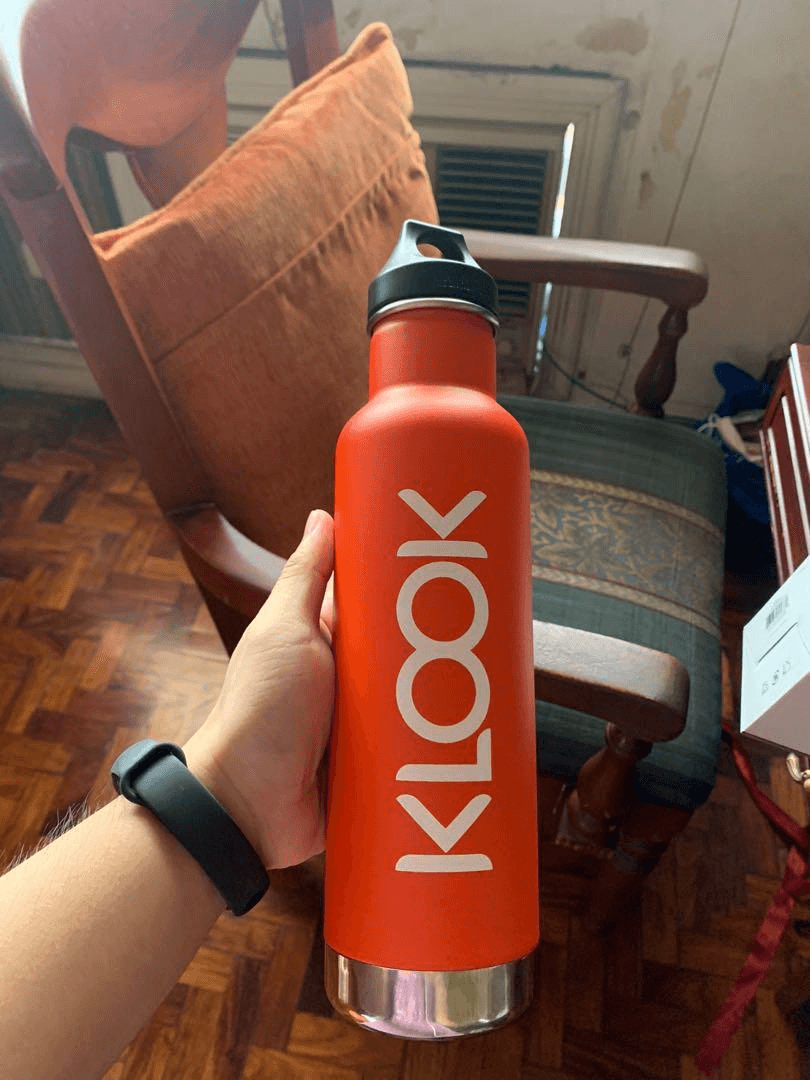
Having promotional items at trade shows could be a great way to get people to check out your travel agency’s website. This method was used by Klook, an online platform for travel activities, and it worked!
At the Travel Technology Asia (TTA) show in Singapore in 2019, Klook gave away promotional products that helped them get more than 1,000 leads. They gave out custom-made reusable bottles that people liked and that helped spread the word about Klook’s brand.
Attendees were given cards with a QR code that led them back to their site and encouraged them to sign up for discounts. With this smart move, they were able to get useful information from potential customers, some of whom might later become loyal users of their platform.
Conclusion
Offline marketing strategies are essential to a comprehensive marketing plan for travel agency websites. It allows them to reach out to potential customers more personally and directly, as well as help them stand out from the competition. Offline tactics such as direct mail, print advertising, radio, and TV commercials are effective and cost-efficient ways for travel agencies to boost their visibility.
By incorporating offline marketing strategies into your marketing plan, you will be able to target a larger and more diverse customer base, boost revenue, and increase brand recognition. Don’t miss out on the opportunity to take advantage of the benefits that offline marketing can offer for your travel agency website!
